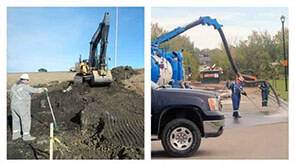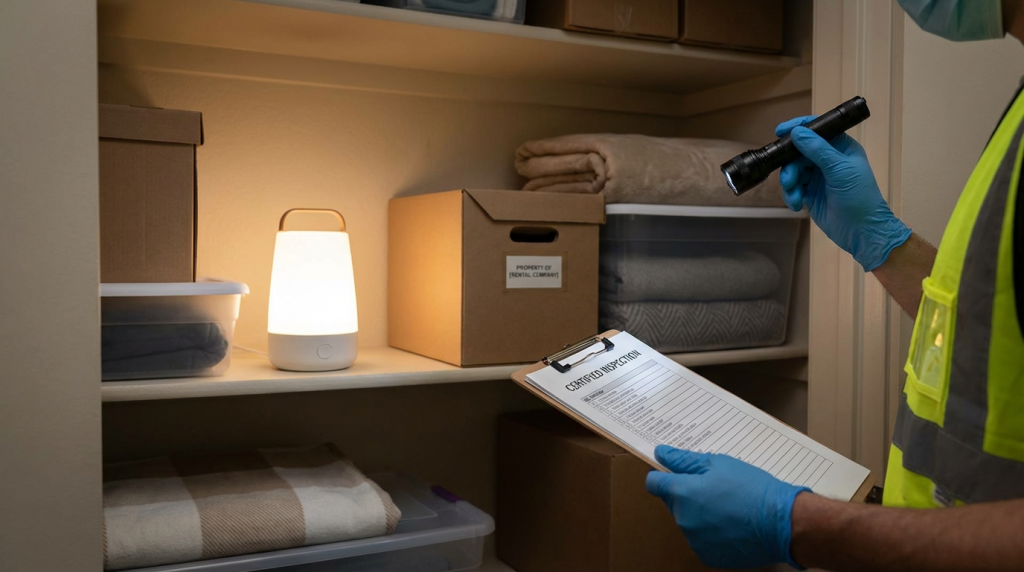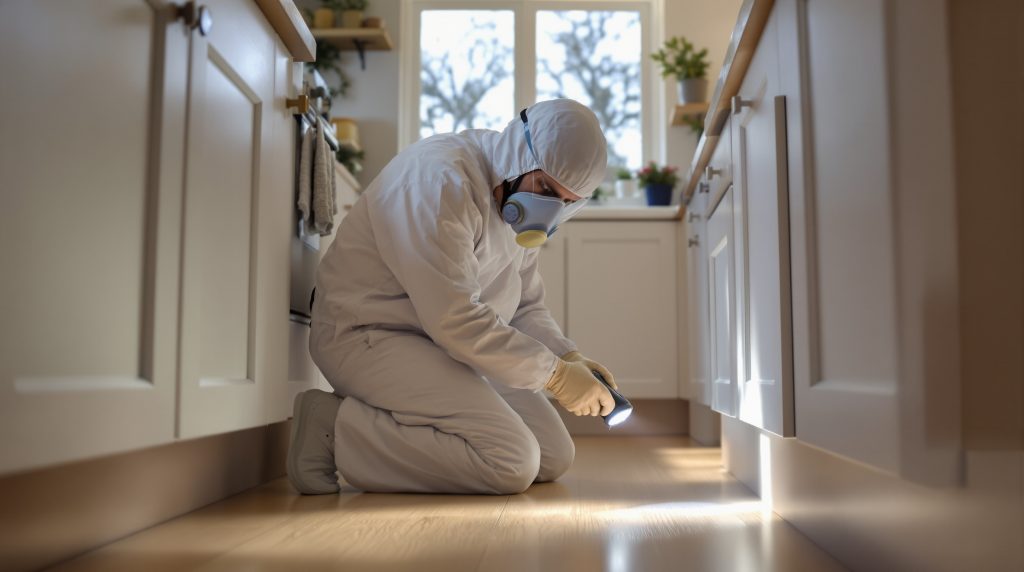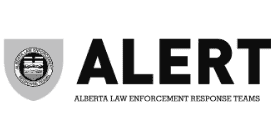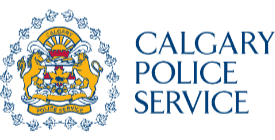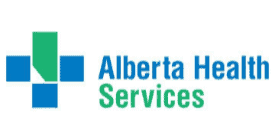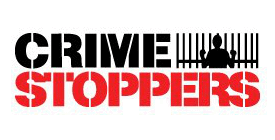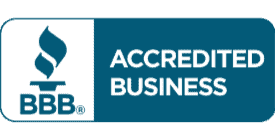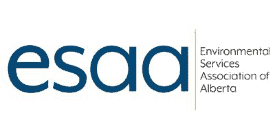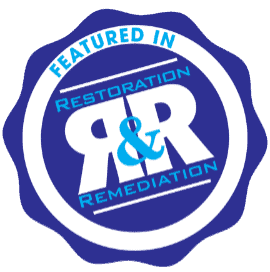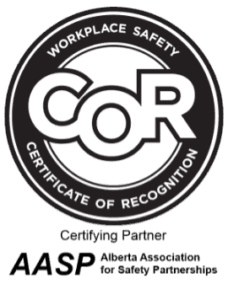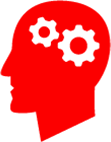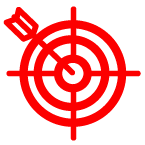Bio Hazards and Safety – The Cleanup of Toxic and Infectious Substances
BIO HAZARDS CLASSIFICATION SYSTEM: CLASS 6
- Bio Hazards
- Toxic Substances and infectious substances (Crime and Trauma)
BIO HAZARDS AND SAFETY
Bio hazards cleanup restores an environment soiled with organisms, or material from organisms. As a bio hazard, this material is a threat to human health. For our purposes, homicide, suicide, unattended death, and other soiled environments are cleaned. The goal is to destroy and remove microorganisms, virus, and toxins contaminating the environment with human effluents.
Bio hazards is a shorthand term for “biological hazard”. It refers to biological substances that pose a threat to (primarily) human beings. This can include medical waste, samples of a virus or bacterium that can affect humans. It is generally used as a warning, so that those potentially exposed to the substances will know to take precautions.
Our company strives to provide superior standards of service with the utmost importance on the protection, health, and safety of our employees, the community and the environment.
Biological Hazards
Biological agents are living things, or substances produced by living things, that can cause illness or disease in humans. Biological agents have many uses in the workplace, but some of them can be hazardous. They include bacteria, virus, and fungi as well as larger organisms such as parasites and plants.
Bacteria are microscopic single-celled organisms. They are found in the air, water and soil and in living or dead animals and plants. Viruses are micro-organisms that can reproduce only by coming into contact with living cells. They are found only in living animal and plant matter.
Fungi are simple plants that feed on the living or dead tissues of animals or plants. Mold, yeast and mushrooms are fungi. Yeasts are used in the manufacture of bread, beer and wine.
Parasites live in the bodies of plants and animals, including, in some cases, the human digestive system. They reproduce by laying eggs.
Some plants produce substances that cause an allergic response in humans.
Routes of Entry and Transmission
Biological agents enter the body by inhalation, by ingestion or by absorption through the skin. The possible routes of entry are limited by the characteristics of the agent. For example, AIDS and hepatitis B are blood borne and are not transmitted through the air. But in general, inhalation is the most common route of entry. Once inside the body, infectious agents can multiply and be passed from one person to another. Some can survive outside the body for a considerable length of time in an intermediate breeding ground such as water or food. Others die quickly without the protection of the body. The route they follow is referred to as the route of transmission.
Direct Transmission of Infectious Agents
The route of transmission may be direct or indirect. Direct transmission takes place when there is physical contact between an infected and a non-infected person. Direct transmission can also occur if there is a projection of droplets into the mucous membranes of the eye, nose or mouth. This might happen during a cough or sneeze. Direct transmission might also occur if a person is injected or punctured with an infected needle or other sharp object which is infected.
Indirect Transmission of Infectious Agents
Indirect transmission may occur when infectious agents attach themselves to materials or objects such as food and water or cooking and eating utensils.
An infectious agent may also be transmitted by an insect. The insect may carry the infectious agent from the source to an uninfected person.
Some infectious agents may be transmitted through the air and are hazardous if inhaled.
Health Effects
Biological agents that are capable of causing disease are known as pathogens. Some of them are infectious and can multiply in the body. Persons who are most at risk from biological hazards include those who work with animals or plants or in health and child care. People who handle animals include those who work in zoos, animal breeding facilities and veterinary services. Agriculture and food industry workers handle both animal and plant products. Others who may be affected include those who work with cutting oils or ventilation systems or work in municipal sanitation or sewage operations.
Diseases Caused by Infectious Agents
Bacterial diseases include tuberculosis, tetanus and food poisoning. Infection through the skin can cause boils or blood poisoning.
Common fungal diseases are ringworm, which is a skin infection, and thrush, which infects the skin and mucous membranes.
Viral diseases include hepatitis, mumps, German measles and rabies. The Human Immunodeficiency Virus (HIV), which is believed to be the principal cause of AIDS, is discussed in Chapter 6.
Diseases Caused by Other Biological Agents
Parasitic worms enter the body when their eggs are ingested. They can also enter when their larvae in the soil penetrate the skin or through insect bites. The most common are roundworms and flatworms.
Biological hazards may be recognized by examining the materials used in the workplace or by a history of illness in workers. Some materials present in the workplace may not be bio-hazards themselves, but they may encourage the growth of bacteria or fungi.
“I would like to thank you for mayken.com/services/crime-scene/hazard-classificationbio-hazards/ as it is an excellent resource page that would best benefit homeowners. Keep it up. I recently had a child and became much more aware or conscious of home hazards as you can imagine.
Perhaps, this page would also be an excellent addition in your list. This resource would make a good addition since it highlights ways on how to protect them from home hazards.” Ken Wright

Mayken Hazmat Solutions has provided Calgary and Western Canada with high-quality hazmat services since 2006. As a registered hazardous waste carrier with the Alberta government, we can handle a wide range of situations and environments. Whether cleaning up hoarding cases, contaminations, chemical spills or crime scenes, we can take care of overwhelming situations for you. Reach out to the experienced hazmat company by calling us 403-272-1995.

